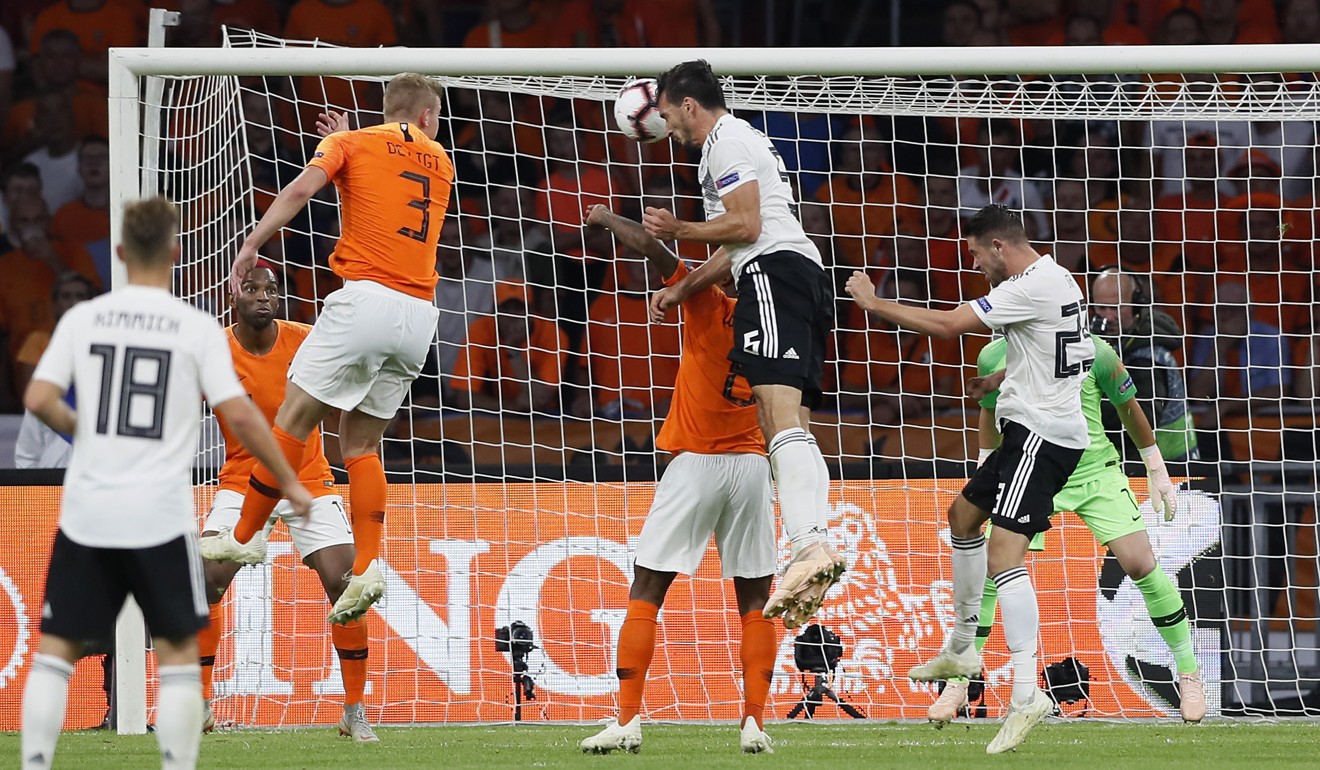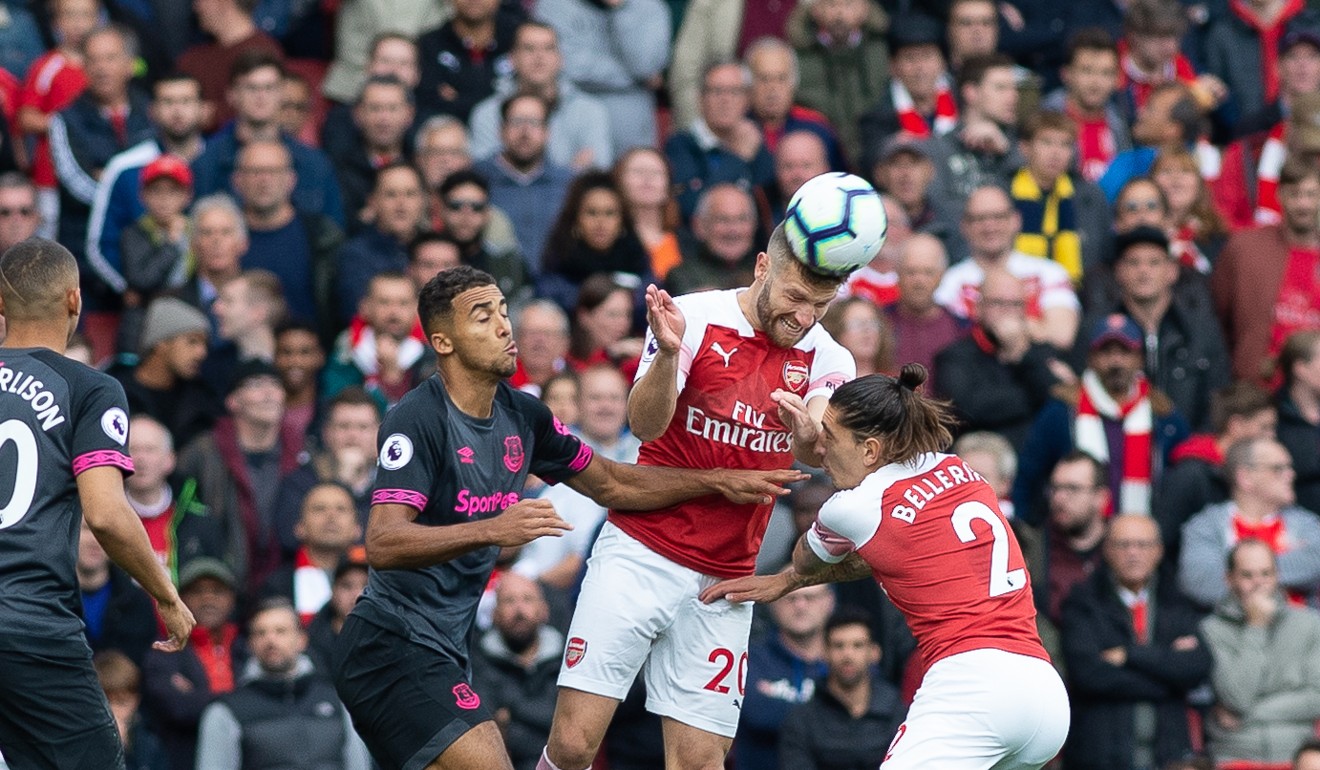
Heading in football damages nerve cells in the brain, according to a new study by Canadian neuroscientist
- University of British Columbia study shows blood levels of proteins associated with damage to nerve cells increase after heading the ball
- The US Soccer Federation recently banned heading for children 10 and under
A new study by a Canadian neuroscientist is shedding further light on the damage footballers do to their brains when they head the ball.
University of British Columbia’s Paul van Donkelaar, who works at the School of Health and Exercise Science in Kelowna, found that blood levels of proteins associated with damage to nerve cells rose after an intense heading session.
The study, the first of its kind and published in the BMJ Open Sport and Exercise Medicine, had players head a ball 40 times in 20 minutes, and then Van Donkelaar’s study looked at blood levels one hour after, and then 22 days later.
He noted two nerve cell enriched proteins, tau and light neurofilament, were tracked specifically in the research.

“Although there are a growing number of studies evaluating the wisdom of this, ours is the first to measure blood biomarkers of cell injury,” Van Donkelaar said.
The participants’ blood levels were compared to an alternate day when they did not head a ball. The study also found increased levels 22 days after a heading session. Participants also reported concussion-like symptoms after a session of heading the ball including headaches, dizziness and confusion.
Co-author Colin Wallace, a recent UBC doctoral graduate, said that NF-L has been noted as a “promising” biomarker for the detection of head injuries as higher levels are linked with acute concussions in athletes.

“We suggest that heading in soccer should not be overlooked as a potential way to inflict damage to nerve cells,” Wallace said. “Perhaps our findings are game changers. As in hockey and other contact sports, changes in conduct and equipment should be considered.”
A football weighs almost half a kilogram and can strike a player’s head at speeds up to 128km/h which can generate power as much as 100 to 150 times the force of gravity. When a ball strikes the head, the kinetic energy is transmitted to the brain floating within the skull cavity, causing it to bounce against the skull’s back wall, which causes bruising.
An American College of Sports Medicine study also found heading the ball can be equivalent to that of a helmet to helmet football tackle.
Research on the damage heading the soccer ball does to the brain is pouring in lately. A study from neuropathologists at the University College London, linked repeatedly heading the ball over a long period of time (the research looked at retired soccer players) and mid-life dementia.
They looked at 14 retired soccer players who died after being diagnosed with dementia, and 12 of the 14 had advanced dementia, and six brains studied postmortem showed increased levels of proteins associated with Alzheimer’s dementia while four showed signs of Chronic Traumatic Encephalopathy (CTE).
A recent study of former American football players who had passed away found that 90 of 96 of them had CTE, and many of them died in mid-life due to suicide.

Dr Bennet Omalu, who famously discovered CTE in football players in the early 2000s, recently called for heading the ball to be restricted in the professional game and for an all out ban on players 18 and under.
Omalu made the statement on the BBC, shortly following the death of former England and West Brom footballer Jeff Astle. An inquest into his passing ruled he died from brain trauma caused by heading heavy leather footballs.
He died in 2002 at 59 after suffering from Alzheimer’s for almost 10 years following his 18-year football career.
In 2017 the United States Soccer Federation announced a ban on heading for children 10 and under and limits heading for children aged 11 to 13 to 30 minutes a week.

